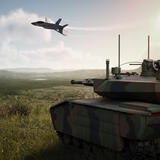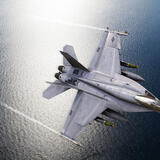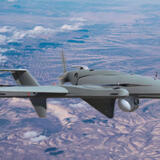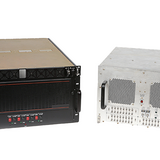The U.S. military has long relied on technological superiority to dominate the battlefield – in the air, on the ground, on and under the seas, and in outer space. But the fast pace of technology development among near-peer threats, specifically Russia and China, is eroding this source of military advantage.
Unfortunately, the U.S. Navy is acutely aware of the tension caused by the high demands of day-to-day operations, long lead times and costly weapons systems. Today, it can take the Navy, along with other U.S. military branches, multiple years and millions of dollars to develop and field new systems – even as the pace of military innovations among adversaries continues to accelerate at an alarming rate.
For our nation’s warfighters, this means that the military technology they rely upon is quickly becoming obsolete before it’s ever fielded. And when it comes to national security, access to cutting-edge technology isn’t simply a matter of success or failure. It’s the difference between life and death.
Against this backdrop, innovation, speed and agility have taken on a greater importance.
That’s why L3Harris is at the forefront of embracing a technical strategy the U.S. Department of Defense (DOD) refers to as a “modular open systems approach” (MOSA) to shorten development timelines, reduce capability costs and ensure warfighters are mission ready.
MOSA: A PARADIGM SHIFT for military systems
Most of the nation’s military systems, past and present, are like puzzles. Each is composed of hundreds of unique pieces that are joined together in specific, invariable ways. The pieces aren’t designed to be reconfigured or used interchangeably, making these puzzle-like systems very difficult and expensive to modify.
MOSA shifts this design paradigm. It essentially replaces puzzle pieces with Legos in the systems engineering equation for defense technology – favoring standardized components (that can be assembled in numerous ways, taken apart again and reused to make new designs) over bespoke technological building blocks.
This approach to designing affordable, adaptable systems mandates that key system interfaces conform to widely accepted, supported and consensus-based standards independent of a particular supplier. As a result, technology can be incrementally added, removed or replaced throughout the system’s life cycle, enabling the system to keep pace with the quickly evolving global security environment.
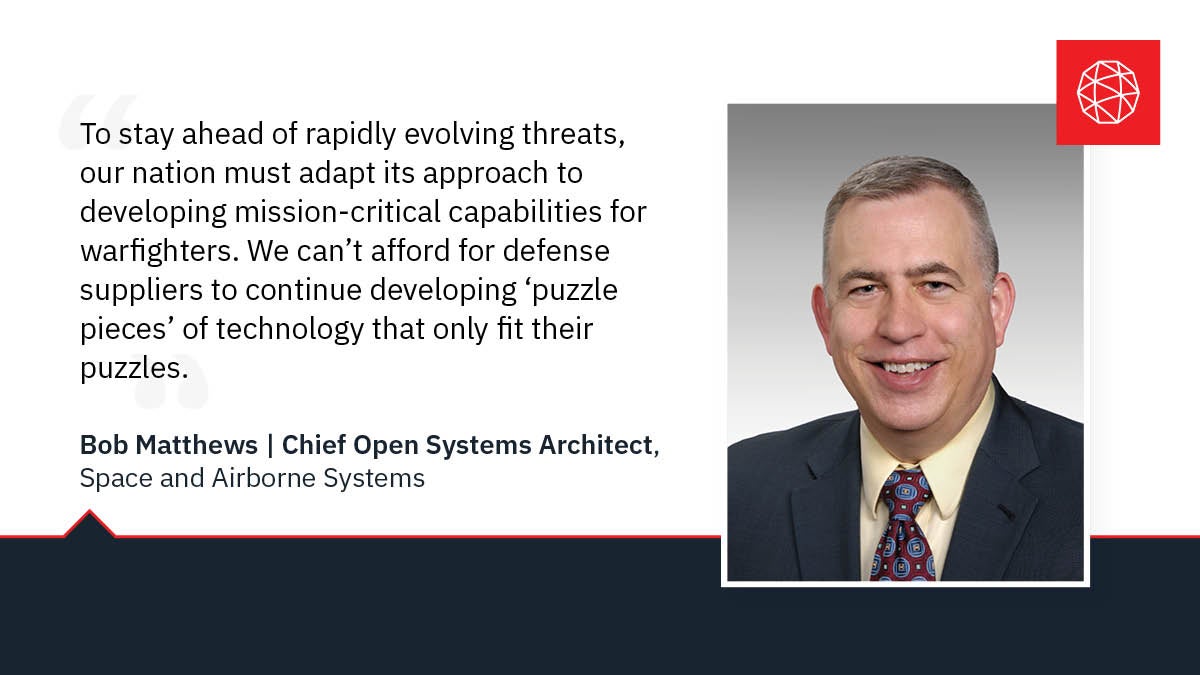
Pioneering MODULAR Open Systems For The WarFigHTER
A few examples of open systems technology L3Harris provides to the U.S. Navy to ensure maritime dominance are:
- The DTP-N data and signal processing computer, which provides high-end mission processing capabilities for the F/A-18 Block III Super Hornet upgrade program.
- The Mission Management System Computer (MMSC), which provides open systems mission processing for the MQ-25 unmanned aerial refueling aircraft.
- The AN/ALQ-214 IDECM integrated countermeasure system, which protects the U.S. Navy’s F/A-18 aircraft and aircrew against advanced radio frequency threats.
L3Harris also offers open system platforms, like the Iver family of unmanned undersea vehicles and the FVR-90, along with scalable, modular signals intelligence (SIGINT) systems like BlackRock™ and RASISR™.
We understand that to remain dominant, the U.S. must evolve faster and be more adaptable than its adversaries. And this is only possible with MOSA.


